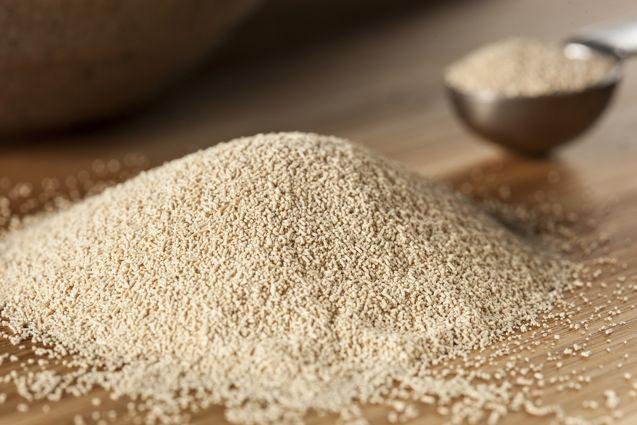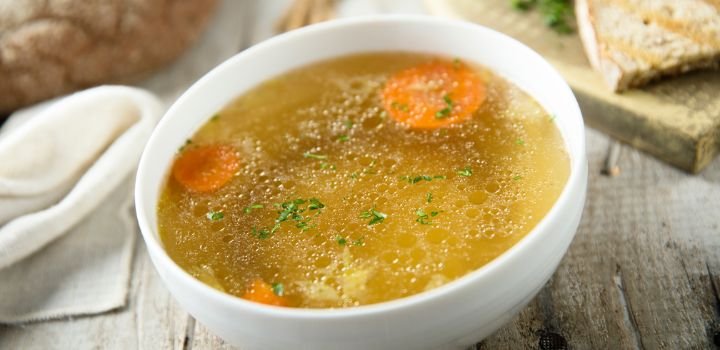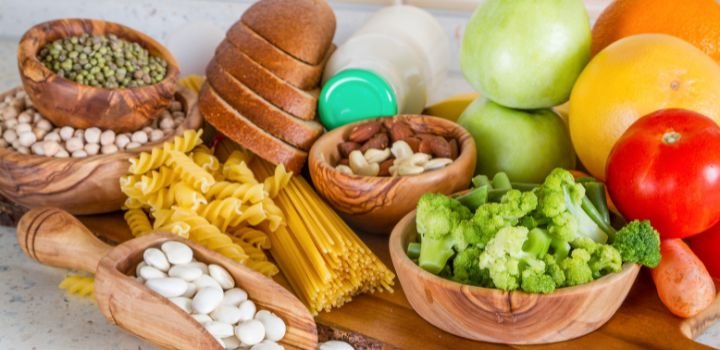Baker’s yeast and Saccharomyces cerevisiae are two terms that are often used interchangeably, but they refer to different aspects of yeast and its uses. Baker’s yeast is a common term used to refer to yeast used in baking, while Saccharomyces cerevisiae is a specific species of yeast.
What is Baker’s yeast?
Baker’s yeast is a type of yeast that is used in baking to leaven bread and other baked goods. It is available in both fresh and dried forms and can be found in many grocery stores. Baker’s yeast is a strain of Saccharomyces cerevisiae and is specifically selected for its ability to ferment sugar and produce carbon dioxide, which makes it ideal for baking.

What is Saccharomyces cerevisiae?
Saccharomyces cerevisiae, on the other hand, is a species of yeast that is widely used in the food, beverage, and pharmaceutical industries. It is a natural fermenter of sugar and is often used in the production of beer, wine, and other fermented beverages. In addition, S. cerevisiae is also used as a source of vitamins and other nutrients in dietary supplements.
What is the relationship between Baker’s yeast and Saccharomyces cerevisiae?
In the food industry, S. cerevisiae is often used as a natural flavor enhancer, due to its ability to produce a rich, umami flavor. It is also used as a natural preservative, as it can help to prevent the growth of harmful bacteria in food products.

In conclusion, baker’s yeast and Saccharomyces cerevisiae are two important yeast species that play important roles in the food and beverage industries. Baker’s yeast is a specific type of yeast that is used in baking, while S. cerevisiae is a widely used yeast species that is used for a variety of purposes, including flavor enhancement, fermentation, and production of vitamins and other nutrients. Whether you are a baker or a manufacturer of food or beverage products, understanding the differences between these two yeast species can help you to make informed choices about the yeast ingredients you use.






